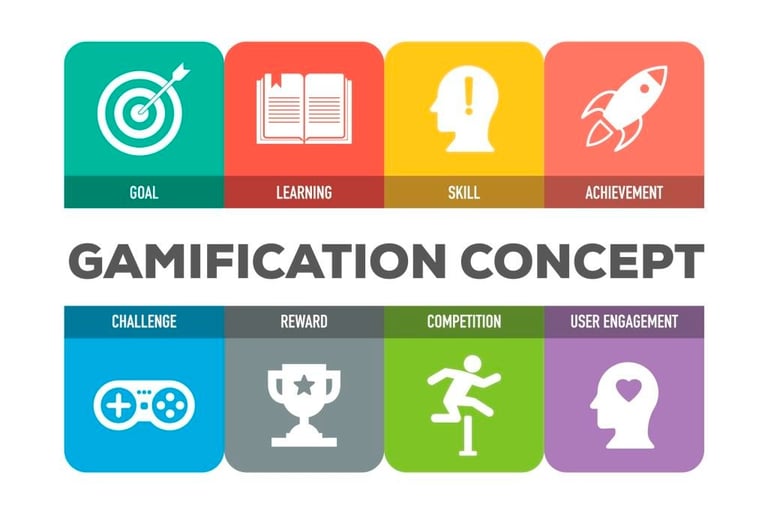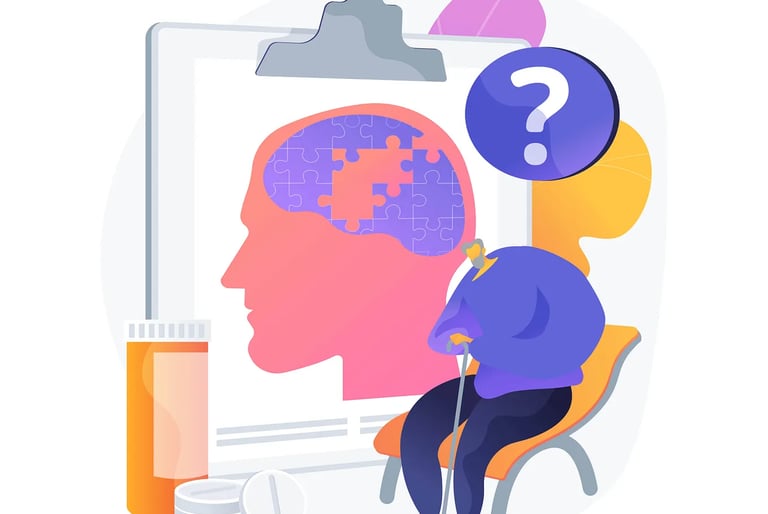Gamification is the integration of game mechanics—such as points, levels, rewards, leaderboards, and challenges—into non-game environments to encourage engagement, motivation, and behavioral change.
Unlike traditional games, gamification applies these mechanics in serious contexts like:
Education → interactive learning platforms, digital classrooms.
Business → employee productivity, sales performance.
Health & Fitness → tracking apps, wellness programs.
Customer Loyalty → reward systems, engagement apps.
Key difference between Games and Gamification:
Games are built for entertainment.
Gamification uses game principles as a tool to drive specific real-world outcomes.


What is Gamification?
Gamification taps into intrinsic and extrinsic motivations:
Intrinsic Motivation → the joy of mastery, curiosity, or self-improvement.
Example: Unlocking new Duolingo levels sparks curiosity to continue.
Extrinsic Motivation → external rewards like points, badges, or discounts.
Example: Starbucks Rewards encourages purchases through points.
The most successful gamified systems blend both motivations, creating sustainable engagement.
Why Gamification Works: The Psychology Behind It


